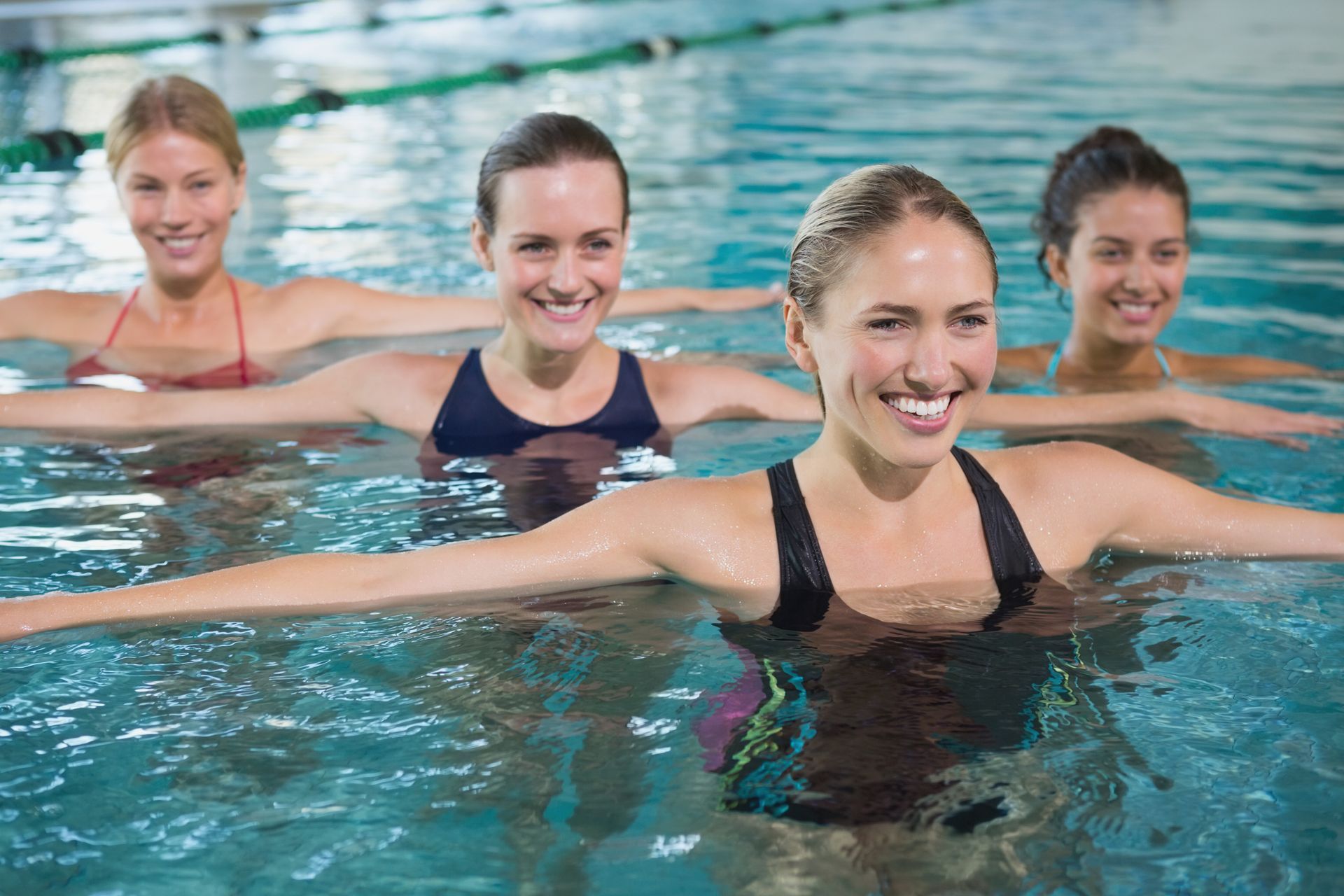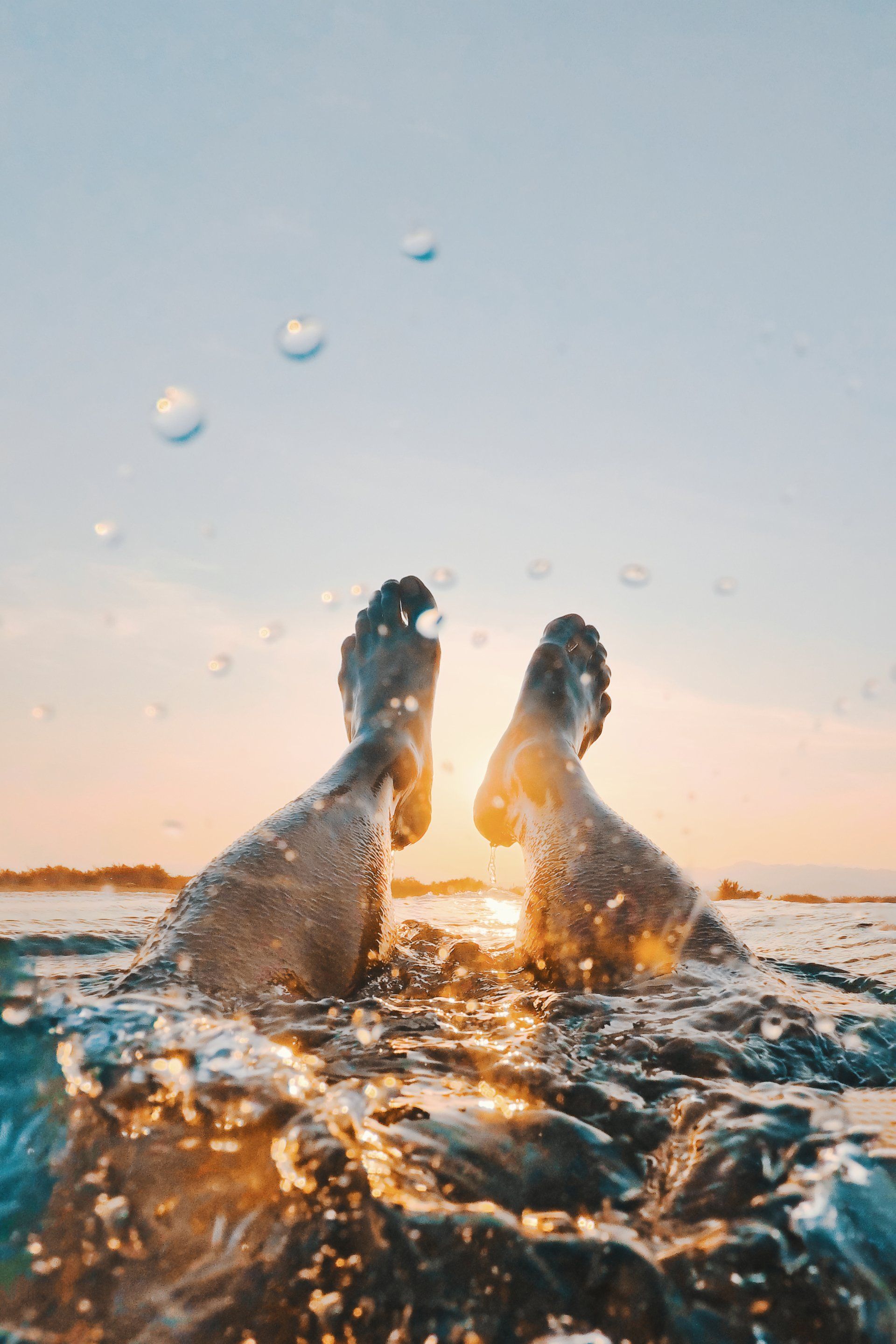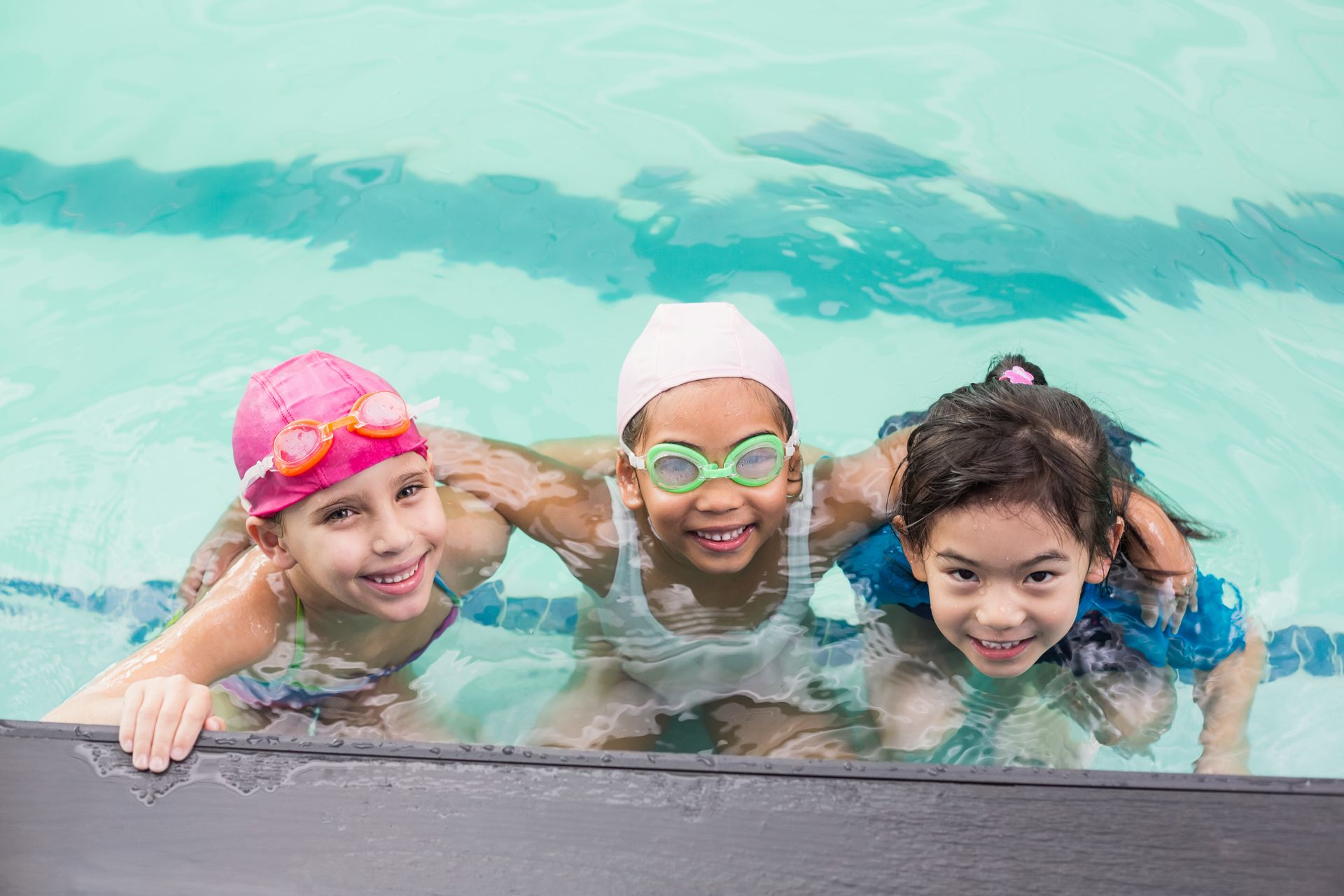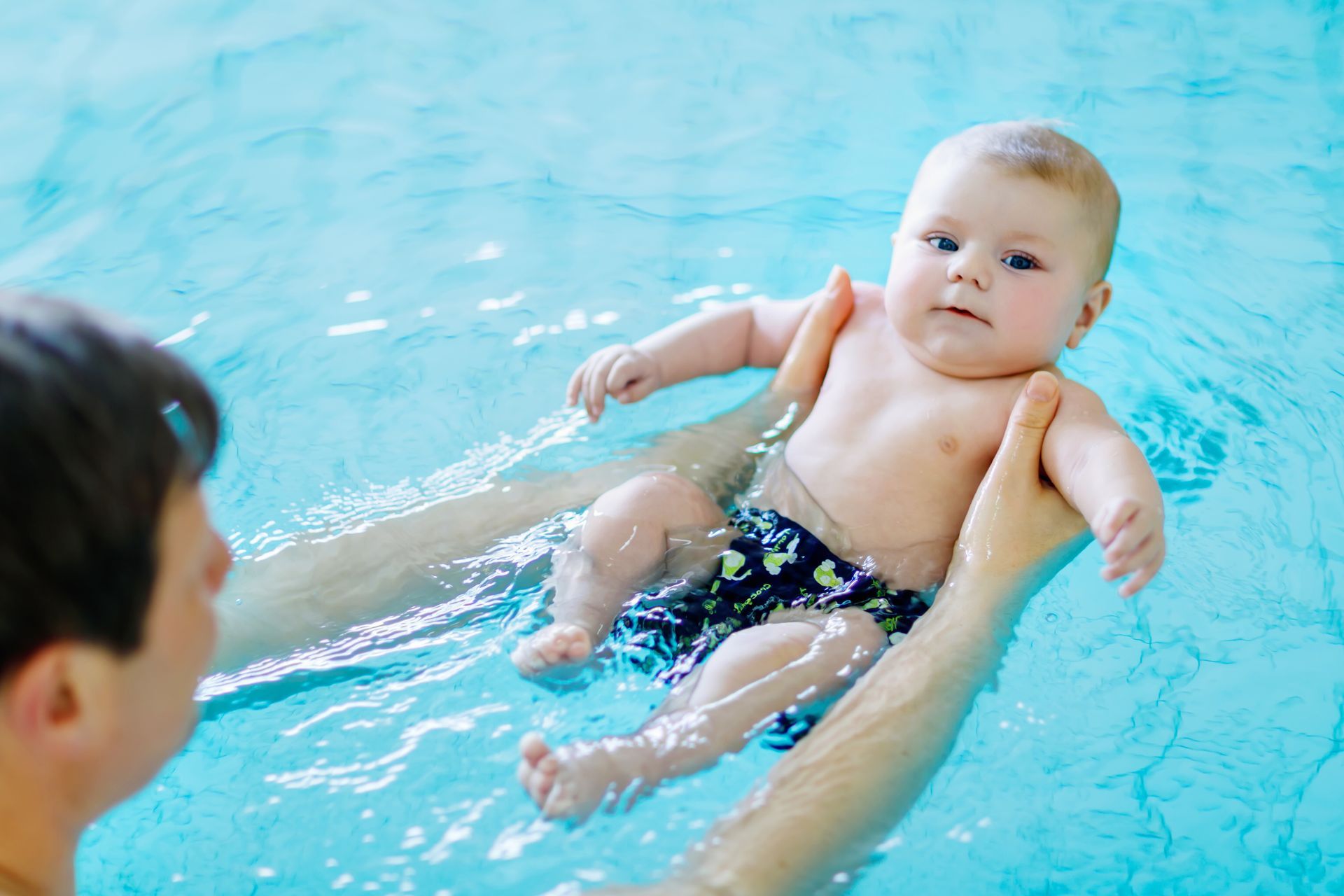Interesting facts about swimmers
Jul 27, 2023
Here are fifteen interesting facts

Swimming is a fun and relaxing activity for children and adults. There is a lot of information about the sport that people may not know. Here are fifteen interesting facts about swimmers.
Freedivers can hold their breath for more than 10 minutes – Commonly, people start to panic after 30 seconds, but with good health and training some can go for 2 minutes. Freedivers take the top having the ability to hold their breath for 10 minutes.
The typical high school swimmer swims 1 million strokes per season– Students that take an interest in the sport will swim a million strokes by the end of the season. This is quite a workout for a young person.
Swimmers can flex their toes to the ground – Foot and ankle flexion is key when it comes to swimming. The surface area of the foot is what drives the swimmer forward. Ankle flexion gives the swimmer a powerful kick.
It is difficult to get into the Olympics – An average of 1850 swimmers will be able to enter the Olympic trails. Only 50 of them get in.
The oldest kind of stroke is breaststroke – When a swimmer gets into the water the first movement that comes to mind is breaststroke which came before the variety of strokes in the common era.
Swimmers sweat in the pool – The water is a cool place to be, but swimmers sweat in the water as with any type of exercise. This is proof that swimmers work as hard as any other athletes.
Most of the population cannot swim – An American Red Cross survey in 2014 showed that half of Americans could not swim. Fifty-five percent of Americans can perform 5 basic swimming skills; 33 percent of African Americans report knowing the 5 core swimming skills. The younger the age children come to Small Fish Big Fish they become safer around the water.
The world's youngest internationally competitive swimmer is only 10 – During the 2015 World Championships, Alzain Tareq, a 10-year-old Bahrainian girl, was the youngest competitive swimmer.
The world's oldest swimmer is nearly 100 – During the 2015 World Championships, Mieko Nagaoka a 90-year-old Japanese woman, was the oldest competitive swimmer.
Women were not allowed to compete in the Olympics until 1912 – Swimming became part of the Olympics in 1908. Women were allowed to take part in 1912. Fanny Durack from Australia was the first woman to be awarded a gold medal in the 100-yard freestyle.
Diana Nyad swam from Cuba to Florida – A64 year-old woman, Diana Nyad, had the confidence to swim the 103-mile trek from Cuba to Florida. This woman attempted to swim to her destination before achieving her goal.
A man swam 250 feet in one breath in 1 degree water – A Danish free diver, Stig Seversin, set the record for the longest swim under ice. In the ice-cold water of Greenland, Seversin swam 250 feet in one breath wearing only swimming trunks and goggles. He accomplished this swimming feat under a layer of 80-100cm of ice and a water temperature of just 1 degree.
Shaving isn't just for removing hair – Swimmer’s shave for better performance. Some people may think that swimmer’s shave to look stunning in a suit; but body hair increases the warmth in the swimmer's skin while in the water.
Children can begin swimming lessons as early as 12 months –Parents bring children to the swim school for lessons at a as young as 12 months. Drowning risks were lowered by 88 percent in 2009 for children between the ages 1-4 who took swimming lessons
Swimmer’s use every muscle in their bodies – Swimming may not be thought to be an active sport. That is incorrect. Swimming is an all-body exercise involving the use of muscles in both the upper and lower parts of the human body.
Swimming is a fun and enjoyable activity. These interesting facts about swimmers explain why being in the water is a fascinating sport both children and adults engage in and enjoy.

12 Sep, 2023
Swimming Injuries and Treatments for Them The water is a great place to work out. Exercise keeps the body healthy, but while exercising injuries do occur, here are four common swimming injuries and how to treat them: Swimmer’s shoulder – This occurs after repeated energetic sessions as the tendons are being pressed against the bone and eventually get sore. This stretches down to the rotator cuff tendons. If it is ignored, it will result in tears. Treatments include: Resting for long periods after exercising. Icing to reduce inflammation. Warming up before sessions and stretching as a weekly treatment. Lower back pain – The butterfly and breaststroke lower back pain occurs because of vigorous body jerking with the wrong swimming technique. This lower back pain can transform into a stress fracture in the vertebrae. This injury is also commonly found in weightlifters. Treatments include: Avoiding sitting positions because they apply pressure. Gentle stretching to relieve strain in the spine. For acute pain caused by a stress fracture speak with a medical professional. Bicep Tendonitis – This comes with swimmers’ shoulder and is caused by long periods of overexertion. Taking long rest periods can prevent this injury. The symptoms include pain in the shoulder that gets worse when lifting the arm, a shooting pain moving down the upper arm, at times there is a noticeable bulge in the tendon, a warm feeling moving from the point of the pain, as well as a snapping sound coming from the shoulder. Treatments include: Icing the pain to remove swelling. Gently stretching the scapula, posterior capsule, and rotator cuff areas. Taking anti-inflammatory medication provided by a doctor. Swimmers Knee – This is known as a strain in the Medial Collateral Ligament (MCL). It mostly occurs by extreme use of the breaststroke technique, which puts repeated strain on the knee. Symptoms of this injury include swelling, muscle spasms, decreased strength and movement, as well as pain in the quads or the knee. There may be a rough feeling when moving the knee. Treatments include: Gentle stretches to bring back movement. Taping the knee. Icing to reduce swelling. Exercising is the key to keep the body functioning, but doing too much or doing the technique the wrong way can lead to injuries like these. It is important to know how to treat them to get the body back in shape and keep it healthy.

Our kiddos progress thru our child centered curriculum while learning survival skills and having fun
By Melissa Taylor
•
27 Jul, 2023
Our kiddo’s progress thru our child centered curriculum while learning survival skills and having fun. Children retain what they learn when they become passionate and enjoy themselves and with repetition. At Small Fish Big Fish Swim School “Small fish become BIG fish by swimming in schools”.

By Melissa Taylor
•
27 Jul, 2023
Splashing water is one of the most enjoyable things for babies to do, whether it is taking a bath or in the pool. But do you know when your baby should start learning how to swim? Children should start learning how to swim as early as possible. Some babies start swimming even at the age of two months. So, if you want your baby to learn how to swim at an early age then here are some tips to prepare them. Make bathing an enjoyable event Whether your baby is interested in playing in the water or not, if you want them to learn swimming as soon as possible then you will have to make it more enjoyable when they are near water. A great way to start is while taking bath. You can increase their interest in water by providing them with a warm environment and water so that they can feel more comfortable than playing with cold water. In order to make bath time a fun experience, you should enjoy it with them so that they can replicate you. To make bath time more fun for your child you can use some rubber or washable toys so that they can enjoy them while taking bath. Splash water Unexpected splashes of water are one the oldest ways to develop the interest of your child towards the water. Though it can be a bit startling for them when water enters their nose, mouth, and eyes but with time they can get used to it while taking bath regularly. You can encourage them to splash water from the bathtub in response to your splash so that they can easily understand its effects and fun. You can also expose your baby to shower nozzle by bringing it down and spraying water on their face as well as on their belly or arms so that they can experience the water’s effects more closely. Make fun after a bath After finishing the bath, instead of rushing out, you should take some time to wrap your baby in a warm towel so that they can enjoy that moment before getting dry. Now pat them gently with a towel to dry them from top to bottom and make them relax with your soft voice or a song. It will give your baby a unique experience after getting out of the water. Blowing Bubbles It can be difficult for children at a young age to understand that they have control over their breathing, making it hard to teach them how to hold their breath while swimming. The best way to show your children how to begin regulating their breathing is by blowing bubbles in the water. Demonstrate the different ways the bubbles appear depending on how hard you exhale and encourage them to do the same. Buoyancy Lessons When bathing with your child, you have an excellent opportunity to safely show them the effects of buoyancy on their body, allowing them to learn how to float. Place your child in the bathtub before it is filled with water, and then begin filling it so they can feel the water start to lift them up. Keep them from sliding under at first, and soon they will figure out how to float on their own without your assistance. Swimming lessons After introducing your baby to water in the bathtub and they feel comfortable it’s time to get some formal swimming lessons. At Small Fish Big Fish Swim School, they can get lessons from experienced Aquatic educators that specialize in working with babies. All instructors are participating in continuing education and will be taking part in an 8 hour workshop given by the United States Swim School Association. But it doesn’t stop there, we teach self-confidence, discipline and well-being through the lifelong sport of swimming. Want your baby to learn how to swim? We offer free classes for babies 6 months old or younger. The free lessons do not include cost of Small Fish Big Fish annual membership fee. Membership is required to qualify for Free lessons. You can also sign up for our Free Trial here https://www.smallfishbigfish.com/free-trial
Hours
Monday - Wed 9:00 am to 8:00 pm
Thu- Closed
Friday - 1:00 pm to 6:00 pm
Saturday & Sunday - 8:00 am to 3:00 pm
*Entrance is on the side of the Medical building*
Contact Us
Hours
Sweet Peas Gymnastics
Small Fish Big Fish Opens SOON
Tue 9:00 am-7:30 pm
Thur 9:00 am-7:30 pm
Fri 10:00 am-12:00 pm
Sat 10:00 am-3:00 pm
Quick Links
West Palm Beach Location
Jensen Beach Location
All Rights Reserved | Small Fish Big Fish Swim School Powered by iClassPro
© 2024


